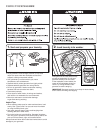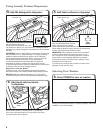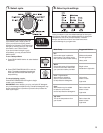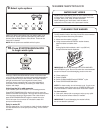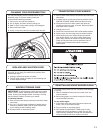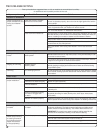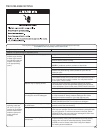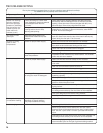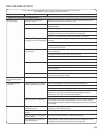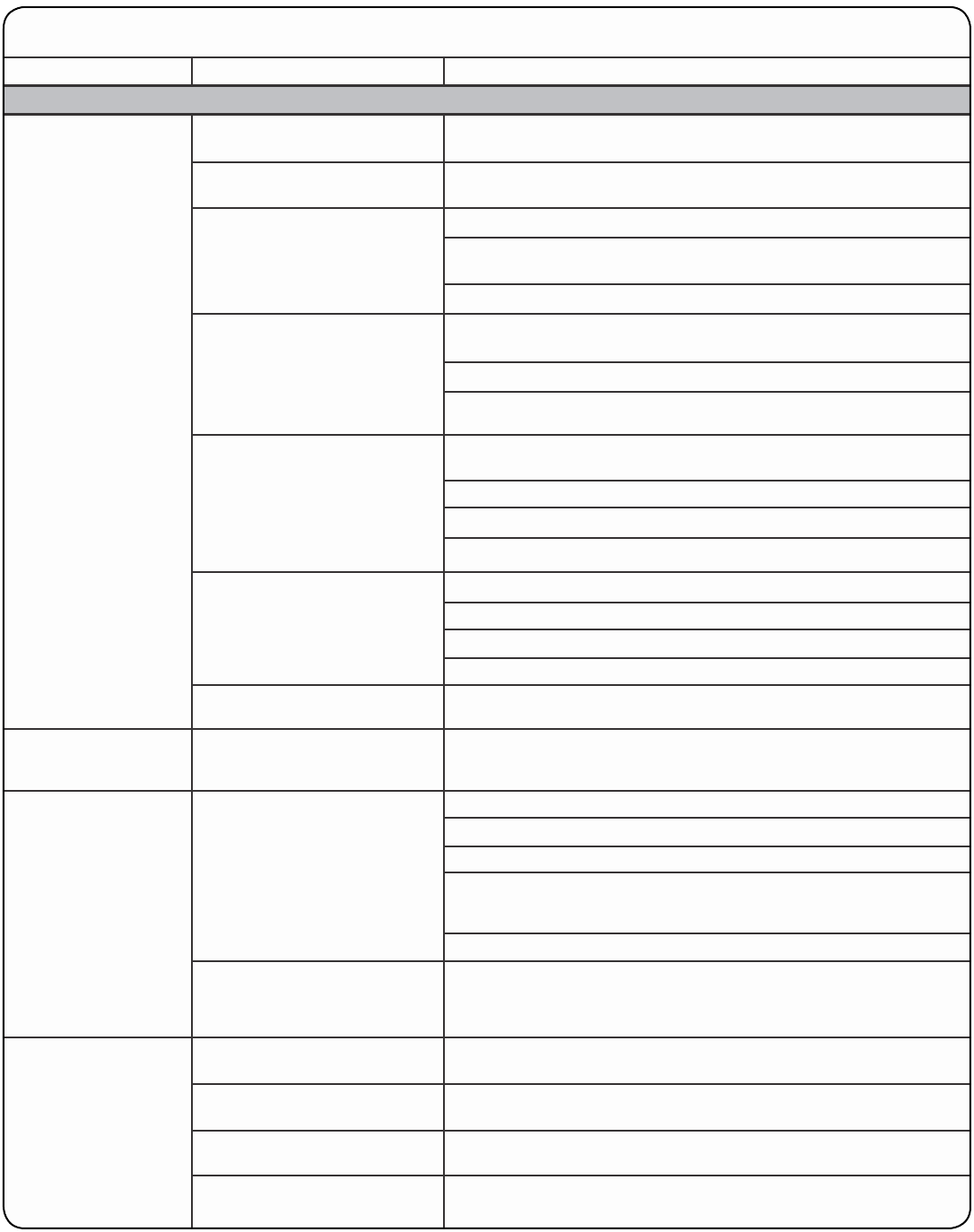
15
Washer not loaded properly.
Washer senses load size and adds correct amount of water. This is
normal and necessary for clothes to move.
Adding water lifts the garments off the washplate, resulting in less
effective cleaning.
Not cleaning or
removing stains
Wash load not completely
covered in water.
Added more water to washer.
If you experience
Possible Causes
Solution
First try the solutions suggested here or visit our website at www.whirlpool.com/help
for assistance and to possibly avoid a service call.
Not using HE detergent
or using too much HE detergent.
Not using correct cycle
for fabric type.
Not using dispensers.
Not washing like colors together.
The suds from regular detergent can keep washer from operating
correctly.
Use only HE detergent. Be sure to measure correctly.
Always measure detergent and follow manufacturer’s directions based
on load size and soil level.
Use a higher soil level cycle option and warmer wash temperature to
improve cleaning.
If using Quick Wash cycle, wash only a few items.
Use Whites and Heavy Duty cycle for tough cleaning.
Use dispensers to avoid chlorine bleach and fabric softener staining.
Load dispensers before starting a cycle.
Avoid overlling.
Do not add products directly onto load.
Wash like colors together and remove promptly after the cycle
is complete to avoid dye transfer.
Washer not performing as expected (cont.)
TROUBLESHOOTING
It is normal for small amounts of water to remain in dispenser.
Small amount of water
still in dispenser after
cycle
Normal dispenser operation.
See the “Cycle Guide” to match your load with the best cycle.
Washer is less efcient at cleaning when load is tightly packed.
Load garments in loose heaps evenly around the washplate. Do not
load garments directly over the center of the washplate.
Add only 1 or 2 additional garments after washer has started.
Clogged dispensers or laundry
products dispensing too soon.
Do not overll dispenser, which causes immediate dispensing.
Always select Fabric Softener option to assure proper dispensing.
Load dispensers before starting a cycle.
Homes with low water pressure may result in residual powder in the
dispenser. To avoid, select a warmer wash temperature if possible,
depending on your load, or use liquid HE detergent.
Use only liquid chlorine bleach in the bleach dispenser.
In wash water temperatures colder than 60° F (15.6° C), some detergents
do not dissolve well. Soils may be difcult to remove. To avoid, select a
warmer wash temperature if possible, depending on your load, or use liquid
HE detergent.
Incorrect dispenser
operation
Residual powder in dispenser.
Empty pockets, zip zippers, and snap or hook fasteners before
washing to avoid snags and tears.
Sharp items were in pockets
during wash cycle.
Strings and straps could have
tangled.
Items may have been damaged
before washing.
Mend rips and broken threads in seams before washing.
Tie all strings and straps before starting wash load.
Fabric damage
Fabric damage can occur in a
tightly packed load.
Load garments in loose heaps evenly around the washplate. Do not
load garments directly over the center of the washplate.



